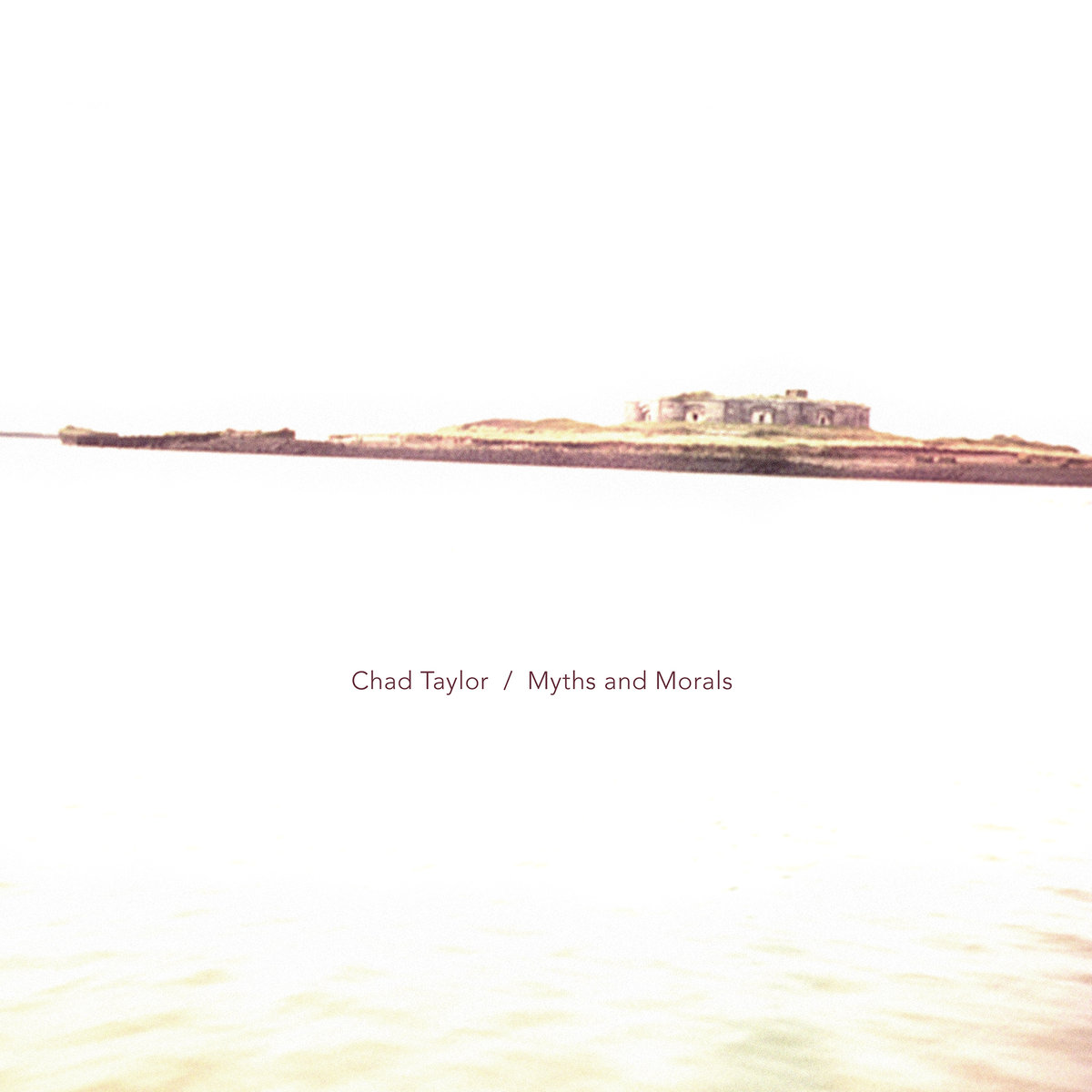One phase of life ends and another takes it place. The area in the middle is where the pulling apart and gluing happens. It can be quiet, it can be lonesome, but it will always be. There’s peace found within the process for some, depending on their level of experience and frequency related to change. Though, the vulnerability required to be honest with oneself can be the key source of discomfort to many. Sometimes the aloneness is the best place to find the new you.
And with Myths and Morals, Chad Taylor leaves the peripheral behind and puts the processing of new ideas at his forefront.
In 1999 I started working at Baltimore’s famed The Sound Garden. To the disappointment of many coworkers, I was a Jazz head. Many of them (white, slightly older than myself) were up to speed with the latest in indie rock, psych reissues, and Yazoo Blues collections. One of these people was my dear friend Jason Urick. It was through him that I discovered a world of electronic, avant-garde, and modern compositions that my young ears quickly absorbed. Combining all of those with Jazz senses was the Chicago Underground Duo’s Synesthesia (Thrill Jockey, 2000). The percussionist in this group immediately caught my attention, not because of his dominating energy, but more so his crisp trap work. He made it sound like Rob Mazurek was playing cornet with falling leaves in autumn.
Similar techniques are applied to drumming and electronics of Myths and Morals. Opening the LP is “Abtu and Anet”, a trap conversation reminiscent of a few moments from Tony Williams’ Lifetime (1964) and Spring (1965). Quietly bleeding into “Arcadia”, the well-trained listener might develop an idea concerning a theme. The cymbal bowing of “Carnation” cements it for me and I start to feel like this is less of an album and more like a collection of beautiful sketches.
I remember seeing the Basquiat: The Unknown Notebooks show at the High Art Museum in Atlanta (2016). It was interesting viewing the sketchbooks of one of my favorite painters; him working through ideas for bigger pieces (or just because). Listening up to “Island of the Blessed” I get the sense that Taylor is combining ideas of old with ones new. The use of his beautiful drumming alongside processed kalimba/ mbira provides a glimpse into the gluing process that many of us creatives experience, regardless of medium.
“Simcha,” the album’s closing piece, is easily the tightest and most complete part of the LP (though way too short). It has a repetitive percussion loop and house-like drumming behind it that calls for a 12” edit for us DJs. It kind of works as a culmination of the elements used to create Myths and Morals. Though raw and bare during its 42 minutes, the LP works an intimate collection that displays the creative process of one of the best drummers around.

